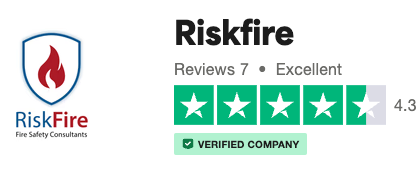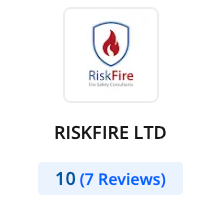Workplace Fire Safety: Preventing Causes of Fires
Imagine walking into your workplace one morning, only to find that the building has been swallowed by flames overnight. A chilling prospect, isn’t it? Workplace fires can cause catastrophic damage, both to property and human life. They can disrupt businesses, lead to significant financial losses, and most devastatingly, result in injury or loss of life. With such high stakes, it's crucial to understand the common causes of fires in the workplace and how to prevent them effectively.
Common Causes of Workplace Fires
Fires in the workplace are not as rare as you might think. They can stem from a variety of causes, each presenting its unique challenges. Understanding these causes is the first step in taking control and safeguarding your environment.
Human Error in Fire Incidents
Human error is often at the heart of workplace fire incidents. Employees, despite their best intentions, can sometimes overlook essential safety protocols, inadvertently creating fire hazards. This could be as simple as leaving electrical equipment unattended or forgetting to turn off a heating device at the end of the day. Such careless behaviour is a recipe for disaster, especially in environments where flammable substances are present.
Moreover, the mishandling of these flammable materials can significantly increase fire risks. It's not uncommon for workers to ignore warning signs that could prevent fire outbreaks. This negligence often stems from a lack of staff training, leaving employees ill-prepared and potentially responsible for fire safety lapses. It's crucial for businesses to invest in comprehensive training programs that emphasise the importance of fire safety and the role each employee plays in maintaining a secure workplace.
Electrical Equipment Hazards
Electrical equipment, though essential for modern workplaces, can be a ticking time bomb if not handled with care. Faulty wiring is a common culprit, capable of sparking fires in any workplace setting. Overloaded circuits, often the result of plugging too many devices into a single outlet, can lead to dangerous electrical fires.
Additionally, damaged power cords present significant fire hazards. Regularly inspecting and replacing worn or frayed cords is essential to prevent potential disasters. Furthermore, neglected maintenance of electrical equipment can increase fire risks exponentially. Ensuring that all electrical devices are in good working order and adhering to safety standards is vital in preventing electrical faults that could lead to fires.
Arson as a Cause of Workplace Fires
Arson, though less common, remains a significant threat to workplace safety. Disgruntled individuals, whether employees
or outsiders, sometimes set fires deliberately, exploiting unsecured entry points. This makes it crucial for businesses to prioritise security measures to deter potential arsonists. Lack of surveillance is another factor that can increase the risk of arson. Without proper monitoring, individuals with malicious intent can easily carry out their plans unnoticed. Furthermore, poor lighting around premises may contribute to arson incidents, as it provides cover for those looking to commit such acts. By enhancing security and surveillance, businesses can significantly reduce the risk of arson-related fires.
Combustible Materials in the Workplace
Combustible materials, when not properly managed, pose a significant fire risk. Improper storage of flammable materials can lead to catastrophic outcomes. It's essential to ensure these materials are stored safely, away from potential ignition sources.
Paper waste is another common fire hazard in workplaces. When it accumulates, it becomes a tinderbox waiting to ignite. Regular disposal and management of such waste can prevent unnecessary fire risks. Chemicals, if stored without proper labels or in unsuitable conditions, can also lead to dangerous fires. Proper labelling and storage are critical in managing such materials safely.
Uncontrolled clutter in work areas can easily catch fire, turning a small spark into a raging inferno. Maintaining a tidy workspace and regular cleaning routines can mitigate this risk, ensuring that potential fire hazards are kept to a minimum.
Negligence and Lack of Safety Measures
Negligence is a silent contributor to workplace fires. Employers sometimes neglect regular fire safety checks, leaving potential hazards unaddressed. This oversight can have dire consequences, especially in environments prone to fire risks.
Insufficient fire safety training is another issue that leaves workers unprepared for emergencies. Without proper knowledge and training, employees may not know how to react in the event of a fire, putting themselves and others at risk. Additionally, poorly maintained fire extinguishers can fail during emergencies, rendering them useless when needed most.
The lack of clear evacuation routes is another aspect of negligence that endangers everyone in a fire emergency. It's essential for businesses to have well-defined and well-marked evacuation plans that ensure everyone's safe exit in case of a fire.
Prevention Tips for Workplace Fire Safety
Preventing workplace fires requires a proactive approach. By implementing certain measures, you can significantly reduce the risk of fires and create a safer working environment.
Regular training sessions are key in reducing human error and ensuring that employees are well-versed in fire safety protocols. These sessions should cover everything from the proper handling of flammable materials to the correct usage of fire extinguishers. When employees are informed and prepared, the risk of fire incidents decreases considerably.
Installing surge protectors can help prevent electrical fires by regulating the flow of electricity and preventing overloads. This simple step can safeguard your workplace's electrical systems and reduce the likelihood of fires.
Securing premises with surveillance can deter potential arsonists, providing an added layer of protection. Surveillance systems act as both a deterrent and a means of quickly identifying and responding to suspicious activities.
Securing premises with surveillance can deter potential arsonists, providing an added layer of protection. Surveillance systems act as both a deterrent and a means of quickly identifying and responding to suspicious activities.
Consistent safety audits are another essential component of fire prevention. These audits help identify potential hazards and ensure compliance with fire safety standards. By regularly reviewing and updating safety protocols, businesses can maintain a high level of fire safety.
Finally, implementing a comprehensive fire prevention plan that includes clear evacuation routes, regular safety drills, and the maintenance of fire safety equipment is essential. Such plans not only protect employees but also minimise potential damage to the business.

Statistics on Workplace Fires in the UK
Understanding the statistics behind workplace fires in the UK can provide valuable insights and highlight the importance of fire prevention measures.
Recent data reveals that a significant percentage of workplace fires are preventable. This underscores the importance of awareness and proactive measures in reducing fire risks. Electrical faults account for a large number of fire incidents, highlighting the need for regular maintenance and safety checks of electrical equipment.
Human error remains a leading cause of workplace fires, emphasising the need for comprehensive training programs that educate employees on fire safety protocols. Arson-related fires have also shown a concerning upward trend, making it essential for businesses to prioritise security measures to deter potential arsonists.
These statistics serve as a stark reminder of the importance of fire prevention and the role each individual plays in maintaining a safe working environment.
Human error remains a leading cause of workplace fires, emphasising the need for comprehensive training programs that educate employees on fire safety protocols. Arson-related fires have also shown a concerning upward trend, making it essential for businesses to prioritise security measures to deter potential arsonists.
These statistics serve as a stark reminder of the importance of fire prevention and the role each individual plays in maintaining a safe working environment.
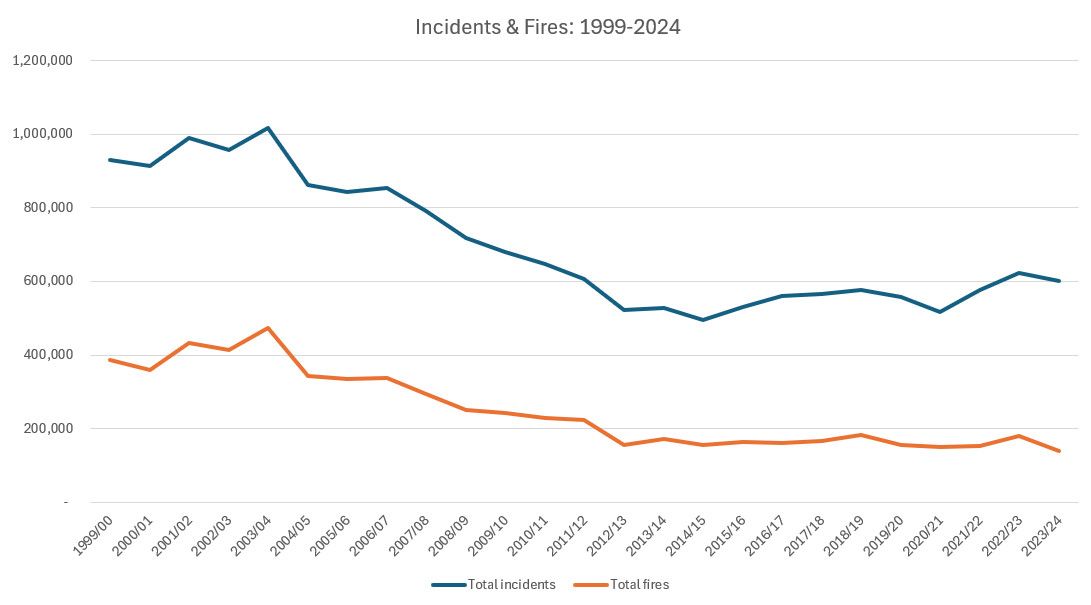
Importance of Training and Preparedness
Training and preparedness are key elements of effective fire safety. Fire drills prepare employees for quick and safe evacuations, ensuring they know what to do in the event of a fire. These drills should be conducted regularly and cover all aspects of evacuation procedures.
Training empowers workers to use fire extinguishers effectively, providing them with the skills needed to respond to small fires before they become unmanageable. This not only protects the workplace but also instils confidence in employees, knowing they can act in an emergency.
Preparedness plans minimise chaos during fire emergencies, providing a clear and structured response to fire incidents. These plans should include evacuation routes, designated meeting points, and contact information for emergency services.
Continuous education is also important in keeping fire safety knowledge up to date. With regular training sessions and updates, employees remain informed of the latest fire safety protocols and best practices.
Remember to always prioritise workplace fire safety to prevent common causes of fire in the workplace and protect employees and the business.
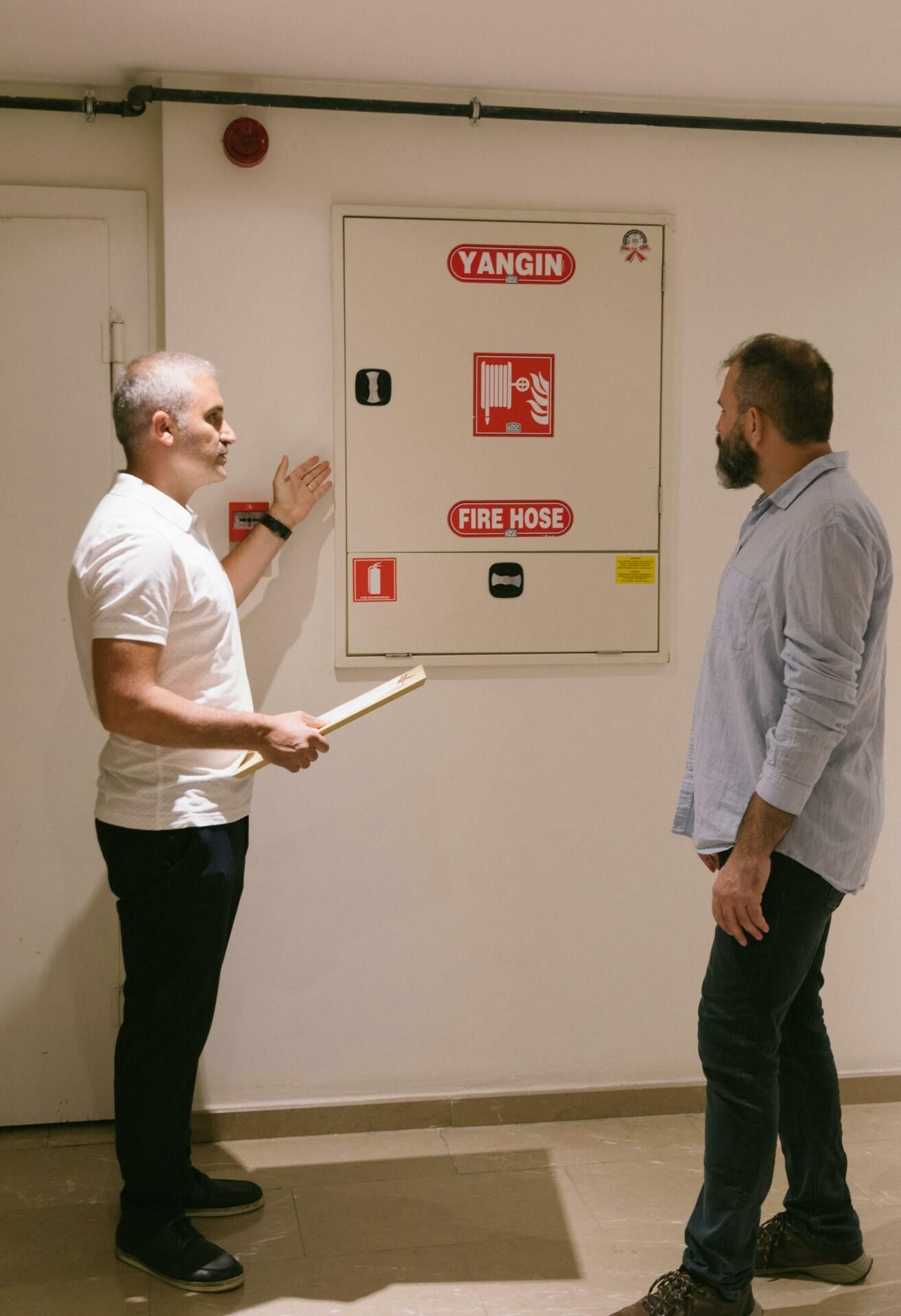
In conclusion, workplace fire safety is a collective responsibility that requires awareness, preparation, and proactive measures. By understanding the common causes of fires and implementing effective prevention strategies, you can create a safer working environment for everyone.
So, what steps will you take today to enhance fire safety in your workplace?
Frequently Asked Questions
What are the common causes of workplace fires?
Common causes of workplace fires include electrical faults, overheating equipment, improper storage of flammable materials, and human error such as smoking in prohibited areas or leaving cooking appliances unattended.
How can I prevent workplace fires?
To prevent workplace fires, ensure regular maintenance of electrical equipment, store flammable materials in designated areas, avoid overloading electrical sockets, provide fire safety training to employees, and implement a strict no-smoking policy in and around the workplace.
What should I do in case of a fire at the workplace?
In case of a fire at the workplace, remain calm and alert others by activating the fire alarm. Evacuate the building following the designated escape routes and assembly points. Do not use elevators and assist any colleagues with disabilities in evacuating safely. Once outside, call the emergency services and do not re-enter the building until it has been declared safe to do so.
How often should fire safety drills be conducted at the workplace?
Fire safety drills should be conducted at least twice a year to ensure that all employees are familiar with evacuation procedures and know how to respond in case of a fire emergency. Additional drills may be necessary for new employees or in high-risk areas.
Who is responsible for ensuring workplace fire safety?
Ensuring workplace fire safety is a shared responsibility among all employees, employers, building owners, and designated fire safety officers. Employers must provide adequate training, resources, and equipment to prevent fires, while employees must follow safety protocols and report any hazards or concerns to the appropriate authorities.
Contact us below and get your free quote!
We will get back to you as soon as possible.
Please try again later.
Our Accreditation's
RiskFire provides excellent, industry leading services with key accreditation's to certify our work and ensure you're receiving the best possible surveys for your buildings.


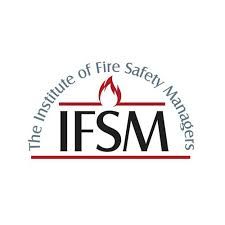


Contact Us!
Protect your building with RiskFire's professional fire stopping services. Whether you're seeking passive fire protection companies or experienced firestopping contractors, our team is ready to assist. Contact us today to schedule a consultation or learn more about our services.
Inspection Services
Contact Information
Repton House
Bretby Business Park,
Ashby Rd, Newhall,
Burton-on-Trent DE15 0YZ
Installation Services
Company
All Rights Reserved | Risk Fire Ltd
